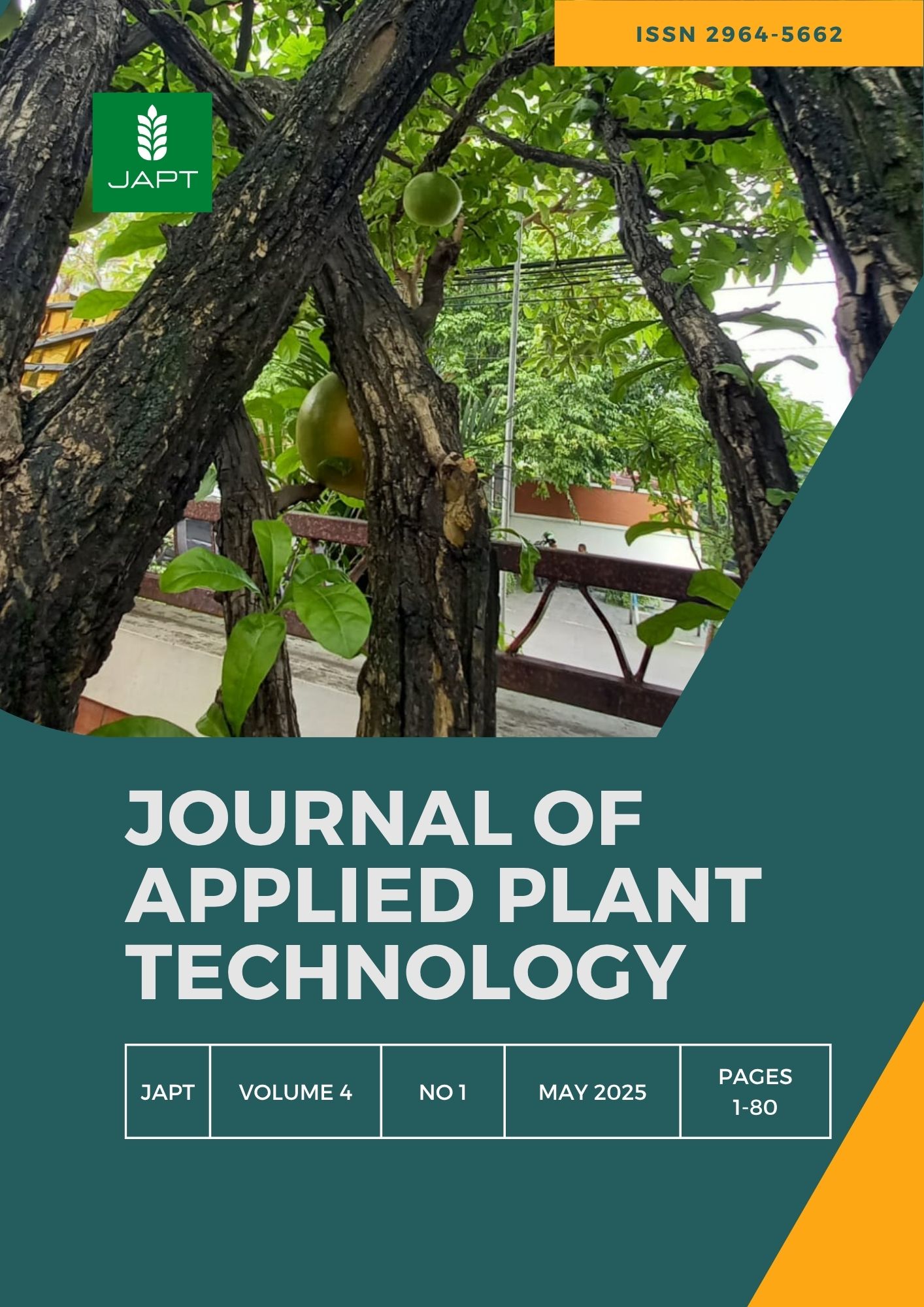Effectiveness Test of Cow Manure Composting Method on The Quality of Cow Manure
DOI:
https://doi.org/10.30742/q36jmz39Keywords:
organic fertilizer, composting method, temperature, humidity, pHAbstract
Manure is an organic fertilizer with adequate nutrients to enhance soil quality and support plant growth. In Sebalong Village, Pasuruan, cow dung is used directly without processing, reducing its effectiveness. This study aims to evaluate different manure processing methods to optimize its use. Conducted in Sebalong Village (October–December 2024), the research employed a Completely Randomized Design (CRD) with four treatments and four replications: Method 1 (Aerobic composting with tarpaulin), Method 2 (Aerobic composting burned + composter), Method 3 (Anaerobic composting + composter + EM4), and Method 4 (Anaerobic composting burned + composter + EM4). Parameters measured included temperature, humidity, pH, and nutrient content (N, P, K, organic C). Results showed that composting methods significantly affected compost quality. Method 4 (anaerobic composting with burning, composter, and EM4) yielded the best results, with organic C (18.66%), BO (32.10%), C/N ratio (7.40), N (2.52%), P (2.42%), and K (2.48%). This method proved most effective in enhancing nutrient levels, suggesting its potential for optimal organic fertilizer production in Sebalong Village.
Downloads
Published
Issue
Section
License
Copyright (c) 2025 Ade Maulana, Retno Tri Purnamasari, A. Zainul Arifin, Fajar Hidayanto

This work is licensed under a Creative Commons Attribution-ShareAlike 4.0 International License.









